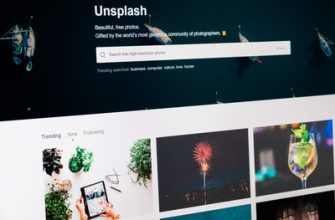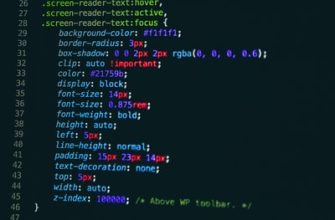If you are looking to build a website for your business, you should consider using SEO design. SEO design is a technique that will help your site rank higher in search engines. The technique involves the use of H tags, internal links, and image size.
Responsive design
Mobile-first responsive design is an essential element of successful SEO. It provides an optimal user experience, increases conversions, and boosts social sharing.
As technology keeps progressing, the number of devices on the market with various screen sizes is increasing. If your site is not mobile-friendly, it will not be able to keep users interested.
Having a responsive website allows users to view your content on any device, which is ideal for SEO. It reduces the number of resizes and unnecessary zooming. It also gives your visitors a smooth browsing experience. This leads to increased engagement and higher search demand.
Responsive web design works by automatically adjusting the layout of your site to accommodate the width of the screen. You can customize your site’s layout by using breakpoints.
H tags
H tags are a relatively simple part of SEO design. However, they can have a major impact on your page’s ranking. If used correctly, they can help you improve your content’s SEO and your user experience.

The first thing to remember about H tags is that they are not all the same. The most important one is the H1 tag. This tag is the main title on a page and usually appears in large font size. It is the first thing a person sees when they search for an article.
You can use multiple H1s on a page if you want, but you should not. This is because Google may disregard your page if it has too many of these headers. They will also look at the tags as an attempt to manipulate keyword integration.
Internal links
Internal links are a great way to increase your search engine optimization (SEO). This is because they help you move potential customers further into your conversion funnel. You can also use them to encourage users to explore your social media pages. These strategies are relatively simple, and the results can be amazing.
Getting your home page links right is the easiest way to maximize your SEO. You should try to connect your most important posts to your homepage. This will give you more link juice, and it might even increase your ranking.
It is also a good idea to include a link to your contact page on your homepage. These links are important for your user experience (UX). Visitors prefer websites that make it easy to find information. This is because they are more likely to order from an online shop or take some other action.
Image size
Having the right size for your images is important when doing SEO. The right size will help your site load faster, improve the user experience, and boost your search engine ranking. There are a few guidelines to follow when deciding on the right size for your images.
When it comes to image size, the best bet is a high-quality JPEG. This format has a higher compression level and is more likely to be recognized by search engines. The next best bet is a PNG, which provides good quality and background transparency.
There are also newer image formats available that can be compressed to smaller sizes. They are not universally supported, though. While they may be able to give you better results, you are likely to lose some of the quality.
Readability
Readability is one of the most important aspects of SEO design. It has an impact on the user experience and affects the value of content. It is also an indirect ranking factor. There are many factors that influence readability.
The number of words in a paragraph, length of sentences, and the difficulty of words are some of the factors that influence readability. The Flesch reading ease test is a popular measure of readability. A high score indicates that a text is easy to read.
Another common test is the Coleman-Liau test. It measures the length of words by counting letters. The test is commonly used in medical and translation areas.
Using images can be an effective way to improve readability. They break up long paragraphs and keep readers engaged. They can also highlight key takeaways in bullet points.








